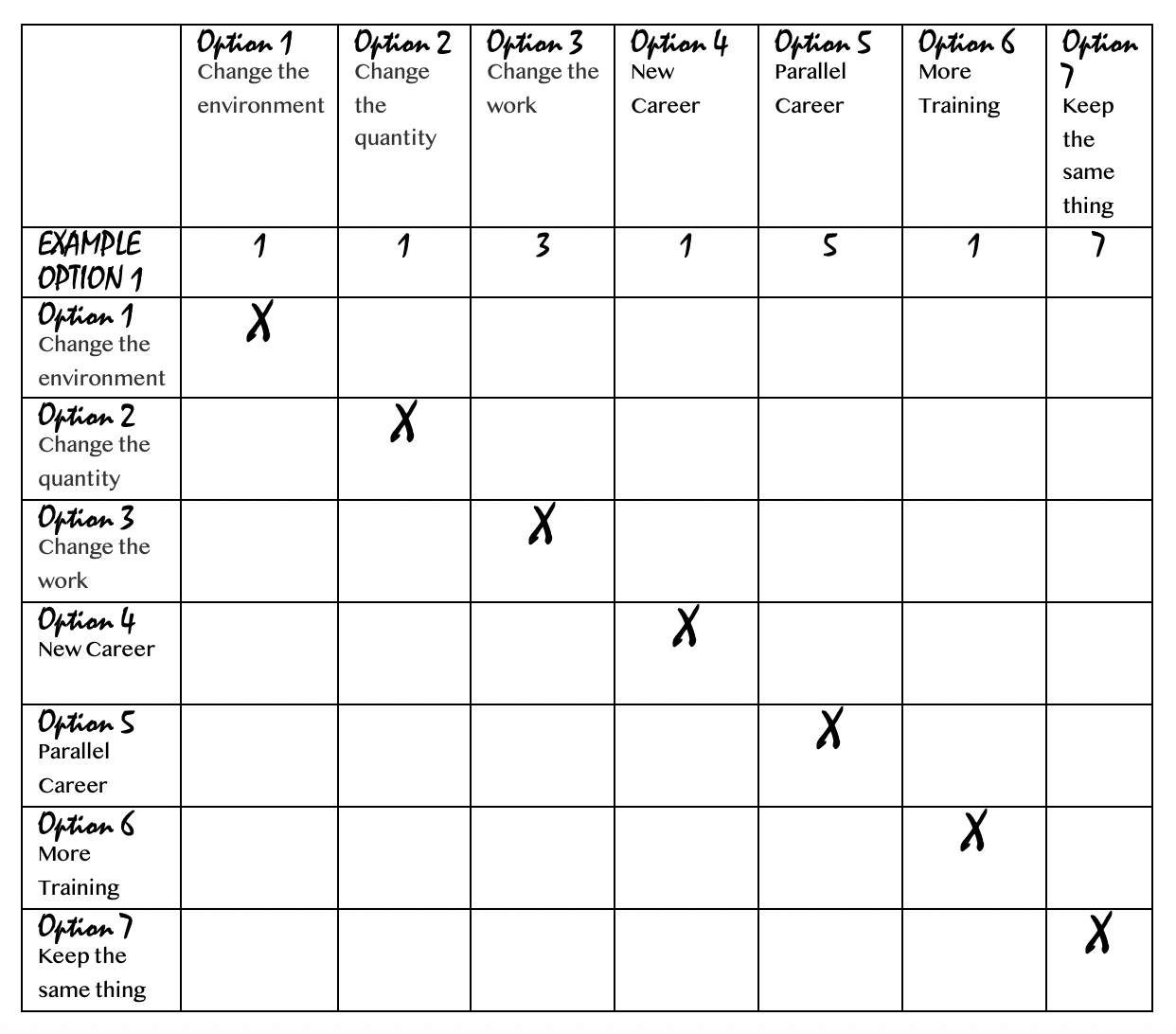Overcoming my Greatest Sabbatical Obstacles
/I would tell myself on repeat, “this is what we do but it’s not all that I am.” Being a sabbatical coach that takes a sabbatical presents it’s own set of challenges. For the last 8 years as I have created, lead, guided, and listened, I have secretly been gathering up ideas of how I wanted to live out my own sabbatical one day - I had been taking my own notes. To say that I had thought about how I wanted to sabbatical was a gross understatement!
So, on the first day of my sabbatical, when my house was at an all-time level of destruction in a 6-month construction project, including the kitchen sink and temporary camping stove set-up in the garage, disappointment was the prominent feeling! This is far from the restful environment my whole self so desperately needed. What promises the contractor made, were laughable by anyone who has ever undertaken such a project - to date, I was not one of those naively inexperienced people. One of my greatest obstacles would become allowing myself to be in the messy space of living life while on sabbatical.
The pressure increased externally as I would attend church, a church that systematically promoted sabbaticals for the staff. However, I was likely the only person many had ever lived life in real time with while on sabbatical - pastors were nowhere to be found when on sabbatical, and rightfully so. Weekly, people would ask me what I was doing with the time and how it was going. (no pressure!)
I realize through hindsight that one of my greatest obstacles, not that dissimilar to others we work with in this process, was trust. Trust in the process and learning God wanted to highlight and trust in the people replacing me. Learning to trust others to carry the load was initially harder than I thought, though I’m incredibly grateful and proud of the team that was in place working extra on behalf of my absence. Slowing down, intentionally planning and then beginning to hand off responsibilities in the release phase, meant facing everything I had been too busy, too afraid, or too responsible to confront. It meant facing myself with profound honesty at the place of development this organization is in.
Here’s how the time within my phases of sabbatical broke down:
Phase 1 REALIZE - 18 months (longer than many but not uncommon, either)
Phase 2 RELEASE - 5 months
Phase 3 RESTORATION - 2 months and 29 days (Nearly my entire time on sabbatical!)
Phase 4 REFLECTION - 1 day, AND also 3 months while no longer on sabbatical
Phase 5 RE-ENTRY - 3 months-ish
Practically, one of the greatest challenges was confronting the misalignment in my organization’s structure - the one I had helped build. As much as this was a season of reflection, I couldn’t ignore the tension between what I was called to do and what I was actually spending my energy on. The clarity I gained, about my gifting, my limits, and our unsustainable model, cried out for change.And change, especially in nonprofit and ministry work, is never easy. Change takes risk, difficult conversations, and the willingness to disrupt what is comfortable for the sake of what is necessary.
Given that my sabbatical was only 3 months, I used my last day to engage with familiar tools related specifically to my roles. I wanted to address whether going back to them were in question and/or whether I would live out the next many months releasing responsibilities. While I spent only 1 set-aside day in reflection of my vocational work and alignment with TWB, I would intentionally reflect for several more months as I put hats back on and re-entered the work. While reflection continues to this day, it feels like the vocational questions cease for a time; Wrapped up as I take back all of the hats with a plan to release 3 in the next 6-12 months.
Another obstacle for me in hindsight, was the emotional cost and energy needed to revisit unresolved relationships and painful memories. Returning to the places where grief, betrayal, and disillusionment had taken root required more courage than I anticipated. There were moments when I questioned why I had agreed to reopen wounds that had been carefully closed. But what I discovered was that healing doesn’t come from forgetting or moving on. It comes from directly facing the past with honesty, compassion, and curiosity. It comes from returning to the stories we thought had already been written and allowing God to speak something new down the spiral staircase of attentiveness.
Perhaps the deepest obstacle, though, was inside of me. The internal work of trusting God again not just for provision, but for restoration felt like the voices of scarcity I thought were limited to questions of finance. I had lived under a scarcity mindset for so long in every area of life, that dreaming felt dangerous. Over the last 18 months, I began to believe and directly see that God could provide—not just financially, but in relationships, in healing, in leadership, and in my identity - patience is not my strongest attribute.
This process stripped away illusions I didn’t realize I was holding. It exposed how leadership had become entangled with fear, and it invited me into something freer, truer, and more whole. The obstacle of taking the time was great—but the freedom on the other side of those sacrifices, and the gifts I discovered in it all were beyond worth it.


































